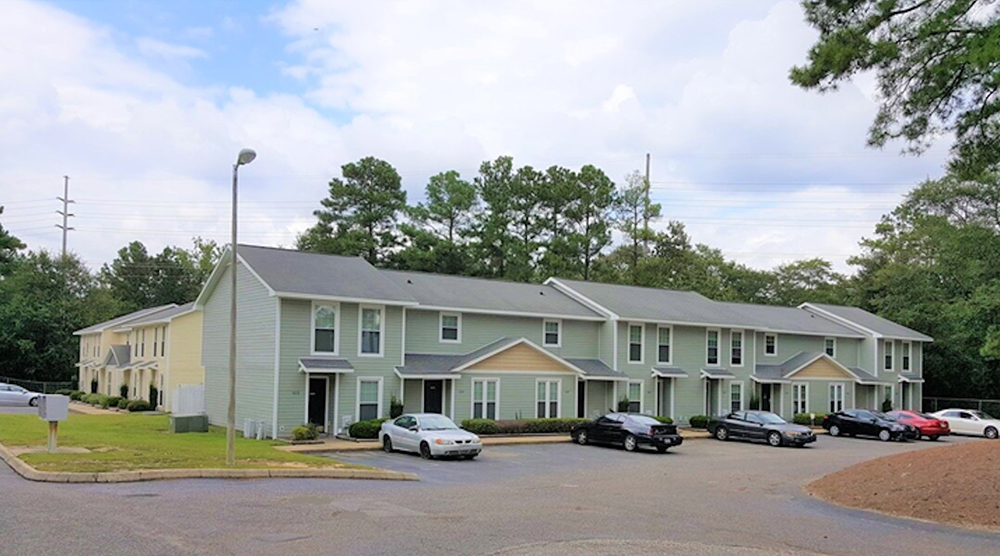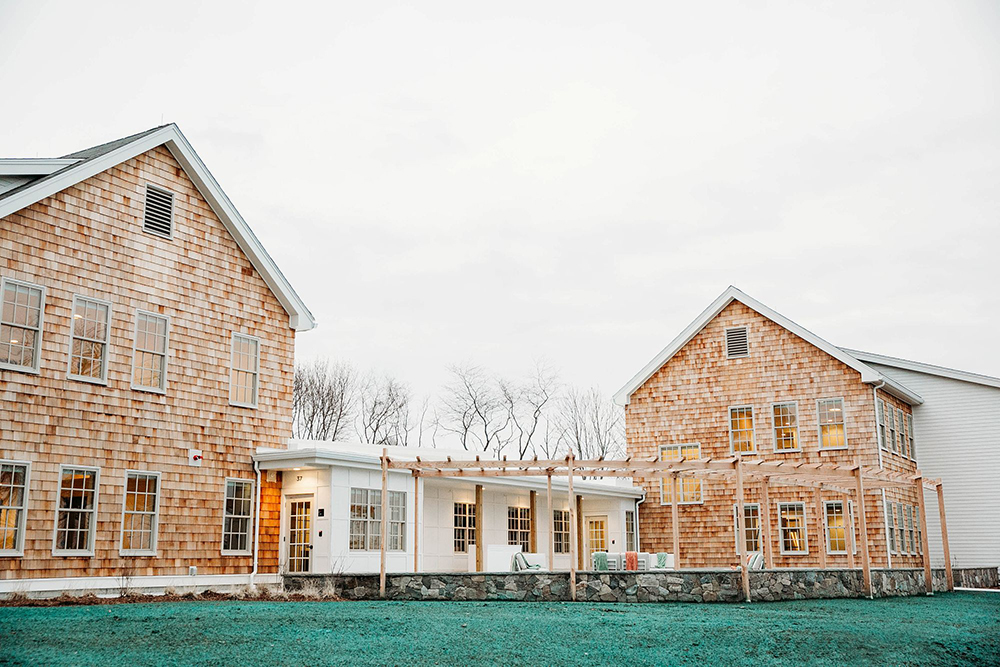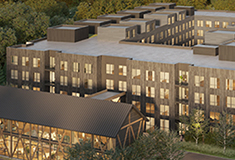News: Financial Digest
Posted: October 10, 2007
Sound commercial real estate fundamentals to override the 2007 capital market collapse
On August 29 I had breakfast with our company president who asked for "my view of the world." We were in the midst of a huge market correction brought about by the CMBS/Sub Prime Market Collapse. Financing for new real estate deals were virtually non existent. Wall Street had evaporated as a market source.
I told him of the three year hiatus after the 1991 recession and the six month drawback in 1998 after the collapse of the Russian ruble. I said that on September 4-7 I would be in Toronto at the CBRE World Conference and wanted to talk to or listen to the views of some of the major players in the market before I completed my response. This article reports what I have found out.
Condition of the Market
Basic real estate fundamentals are driven by one word - employment. I have gone to one of my favorite sources, the Federal Reserve and its "NEEP - Economic Outlook." Study of their May 2007 projections indicates strong, positive employment growth between now and 2011.
For office space, my study says 65,650 new office jobs will be added during this time period which would be huge. This would translate into over 16.4 million s/f of office absorption and would solidify the current trend of declines in office vacancy. If no new construction were to take place, current availability would move from 15.7% to under 7% by 2011. Through nine months, Q3 2007, we have absorbed 1.708 million s/f of space.
For industrial space, the outlook is not as bright. Manufacturing continues to slip and projections are for a 1.1% job loss of the next four years. This trend continues through Q3 2007. There has been a negative 653,000 s/f of tenant absorption in the market. The change in economic makeup within the Greater Boston area is well known and the further decline in manufacturing jobs is not a surprise.
Overall, commercial real estate conditions as of Q3 2007 are sound.
The Capital Market's Collapse
What has happened in the commercial real estate market is that credit is being re-priced. Capitalization rate compression caused by record low interest rates has ceased.
At its peak in the summer of 2007 there was some $50 billion in CMBS debt that could not be sold. This is what stopped the financing markets cold. As of the beginning of September, this had been worked down to $20 billion.
With an excess supply of capital and low federal funds rates, spreads narrowed over 10 year treasuries to as low as 70 to 75 basis points. The normal spread used to be 150 to 175 basis points and today is at 225 basis points.
What is going on is that rating agencies are tightening underwriting requirements. What was formerly looked at as "AAA" paper is now "A" or less.
The overall result is that while the re-pricing of debt is taking place, what must be kept in mind is that real estate economics are strong and support the debt market. In 1993 to 1995, it was the other way around.
Overall, those that I listened to at our World Conference predict four to six months for the market to stabilize. Those speaking represented over $100 billion in capital. They believe that Wall Street will be coming back into the market but not for the highly levered mega deals involving portfolios that had been their mantra in the past. Portfolios will be broken up and marketed in pieces.
Clearly, there will be a direct price adjustment.
Conclusion
When we look out to Q1-2009, some 15 months from now, I believe we will see capital markets back in balance. The blood on the street will be gone and what will matter is the strength of the sponsorship.
There is currently a lot of stress in the financing system and this will take time to sort through. Everything ties to one key issue - risk adjusted returns. What should be kept in mind is that in terms of CMBS delinquencies, the delinquency rate is only .4 of 1%.
There is still plenty of capital for real estate. Sponsors are not adjusting their allocations to real estate and believe that this is a good time to invest. Commercial real estate continues to remain a very desirable asset class.
To quote from the real estate sources I both met with and talked to:
*It's a gross rent game!
*Tenant retention is key!
*Non institutional sponsorship will be impacted!
*Newspaper accounts are exaggerated!
Webster Collins, MAI, CRE, FRICS is executive vice president and partner of CB Richard Ellis and his new office is located at 111 Huntington Ave. in Back Bay, Boston.
Tags:
Financial Digest
MORE FROM Financial Digest
Preservation of Affordable Housing secures $23.5 million in financing from Rockland Trust and Citizens Bank
Cambridge, MA The nonprofit Preservation of Affordable Housing (POAH) has secured $23.5 million in financing from Rockland Trust and Citizens Bank to transform a 150-year-old, underutilized church complex into housing. The project will ultimately create 46 affordable family-sized apartments.

Quick Hits
Columns and Thought Leadership

Conn. hospitality market: A technical appraisal perspective on market dynamics and valuation challenges (2019-2025)
The Connecticut hospitality market has demonstrated uneven recovery patterns between 2019 and 2025, with boutique and historic properties achieving $125 RevPAR in 2025, up 8.7% from the 2019 level. Coastal resort properties achieved a $105 RevPAR in 2025, representing 10.5% growth since 2019. Casino corridor properties maintained modest growth with RevPAR improving 4.5% to $92 in 2025.

Examples of investors who used Kay Properties for legacy and estate planning purposes for rental property/portfolios - by Dwight Kay
Preserving wealth across multiple generations requires strategic planning, foresight, and the right investment vehicles. Delaware Statutory Trusts (DSTs) offer a powerful solution for families looking to build and protect their financial legacy and to efficiently plan for their estate.








